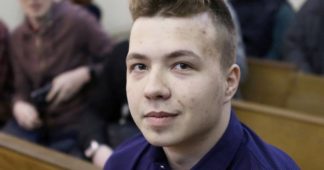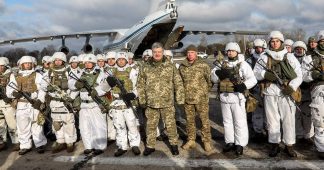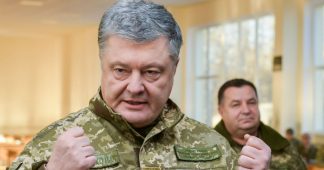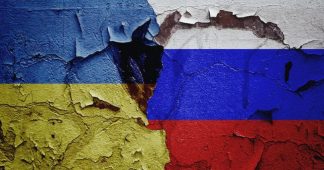By SIMON SHUSTER/KYIV, UKRAINE
and BILLY PERRIGO/LONDON
January 7, 2021
photo: Maxim Dondyuk for TIME
The snow had just melted on the streets of Kyiv when Shawn Fuller, a U.S. Navy veteran, arrived in the early spring of 2018, his roller suitcase clattering over the pavestones of the Ukrainian capital. On the western edge of town, he found the address that his recruiter had sent him via Facebook, a flophouse with about two dozen beds, each reserved for a foreign fighter.
The men Fuller met inside were mostly from Europe, as was his recruiter, a chain-smoking Norwegian named Joachim Furholm, who had been convicted of bank robbery in Norway in 2010. The two of them had met over Facebook and gotten to know each other well, gaming out their plans to get military training and combat experience from one of Ukraine’s militia groups.
When they finally rendezvoused, Fuller noticed the swastika tattoo on the middle finger of Furholm’s left hand. It didn’t surprise him; the recruiter had made no secret of his neo-Nazi politics. Within the global network of far-right extremists, he served as a point of contact to the Azov movement, the Ukrainian militant group that has trained and inspired white supremacists from around the world, and which Fuller had come to join.
Its fighters resemble the other para-military units—and there are dozens of them—that have helped defend Ukraine against the Russian military over the past six years. But Azov is much more than a militia. It has its own political party; two publishing houses; summer camps for children; and a vigilante force known as the National Militia, which patrols the streets of Ukrainian cities alongside the police. Unlike its ideological peers in the U.S. and Europe, it also has a military wing with at least two training bases and a vast arsenal of weapons, from drones and armored vehicles to artillery pieces.
Outside Ukraine, Azov occupies a central role in a network of extremist groups stretching from California across Europe to New Zealand, according to law enforcement officials on three continents. And it acts as a magnet for young men eager for combat experience. Ali Soufan, a security consultant and former FBI agent who has studied Azov, estimates that more than 17,000 foreign fighters have come to Ukraine over the past six years from 50 countries.
Continue reading at time.com










